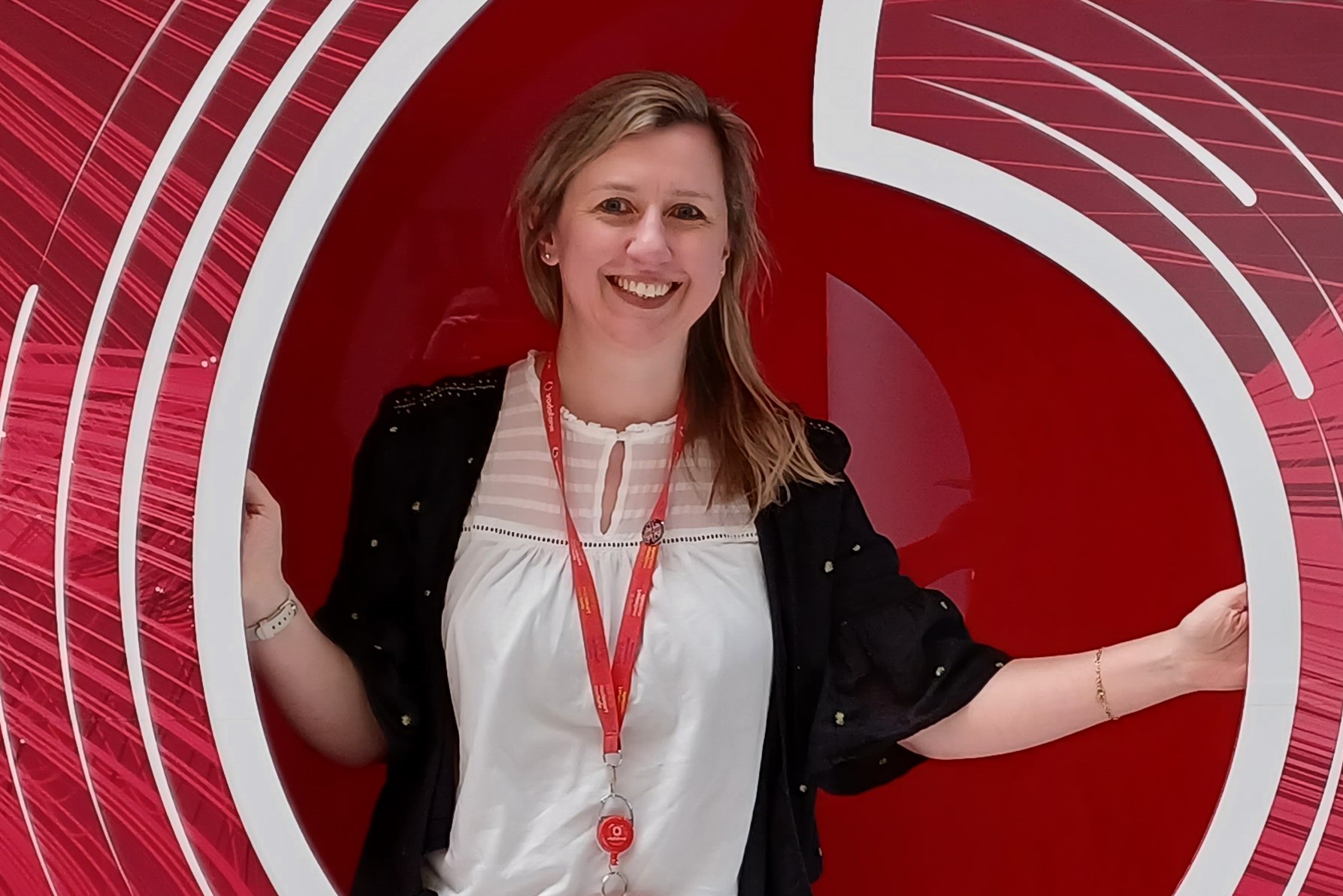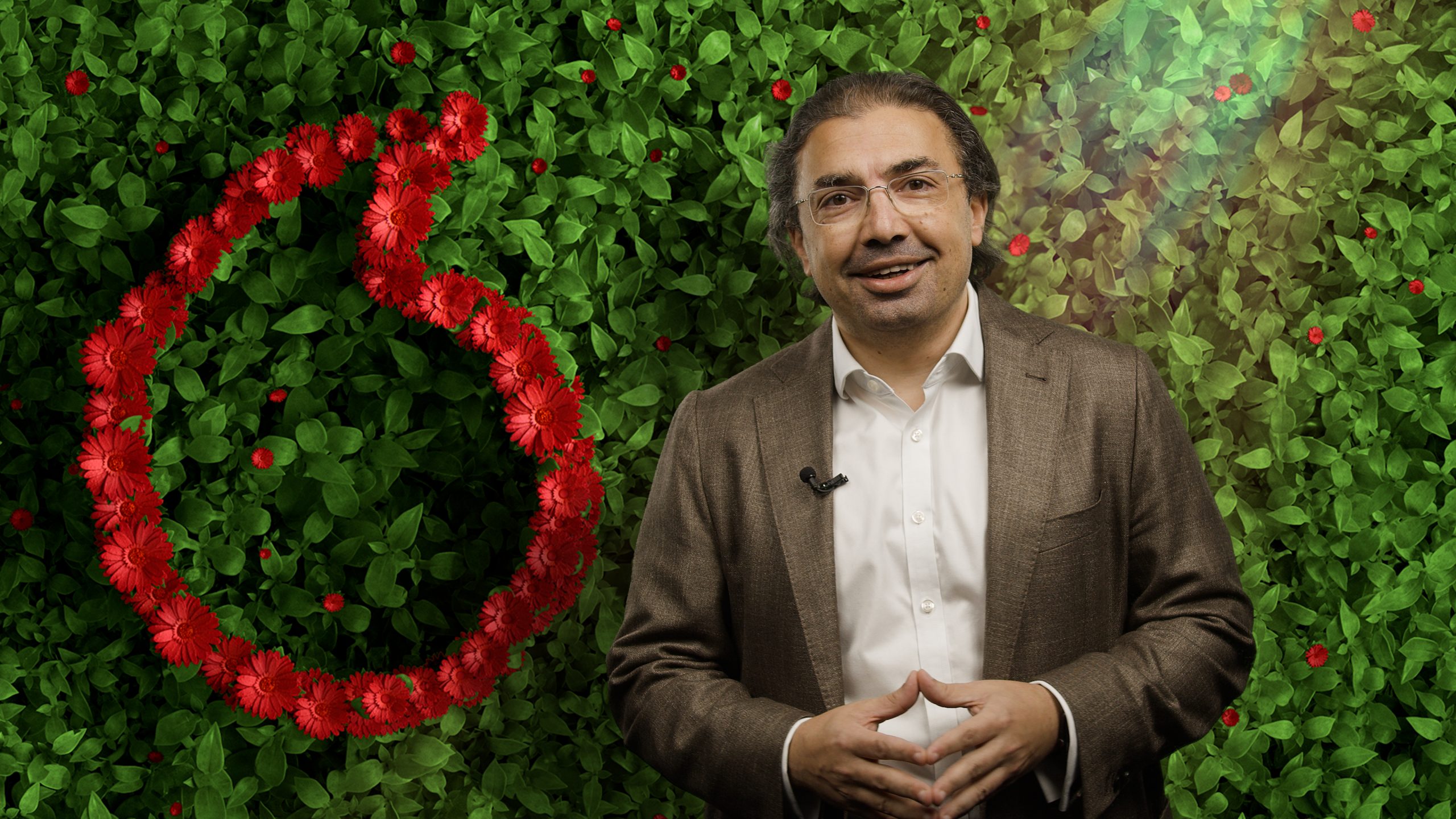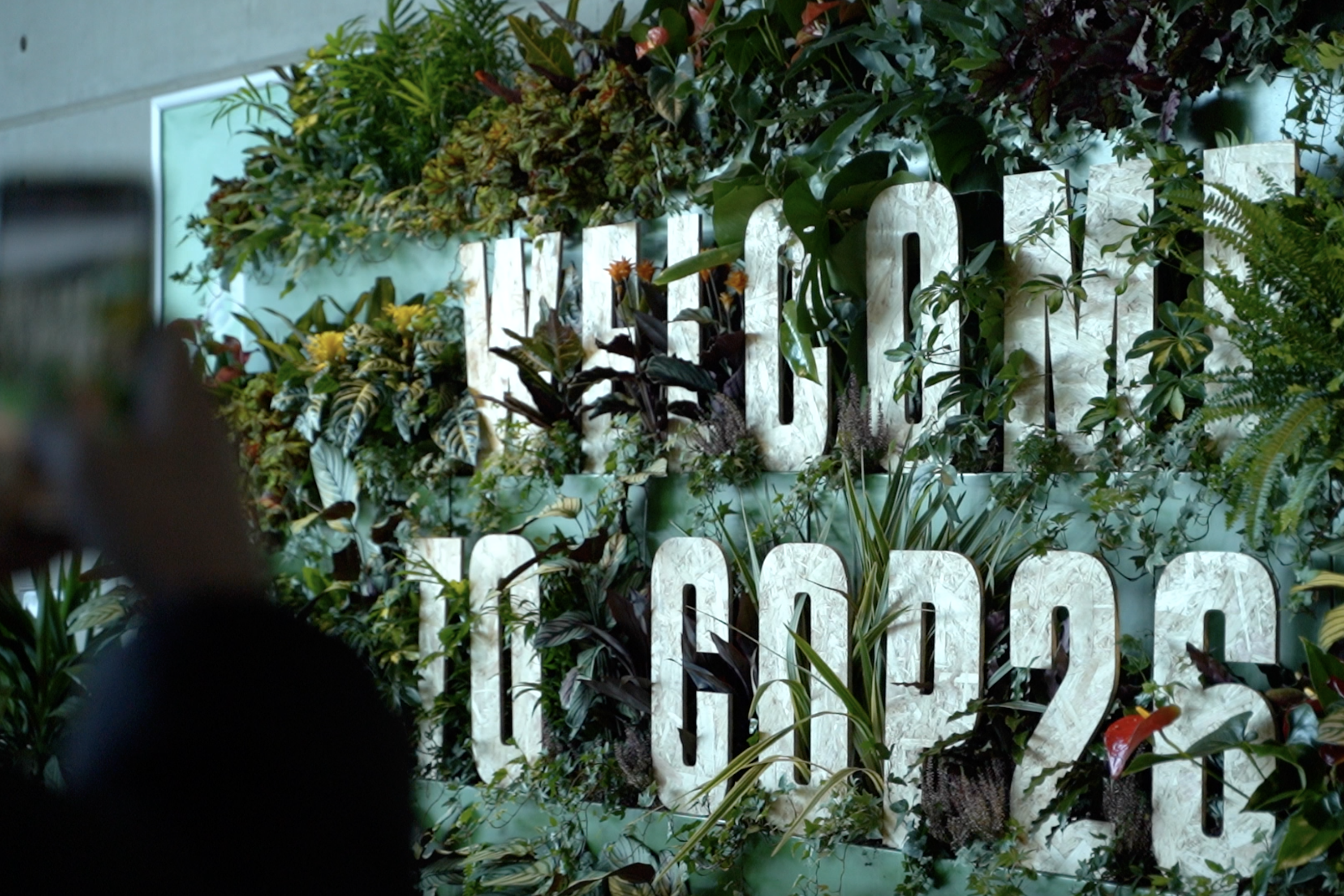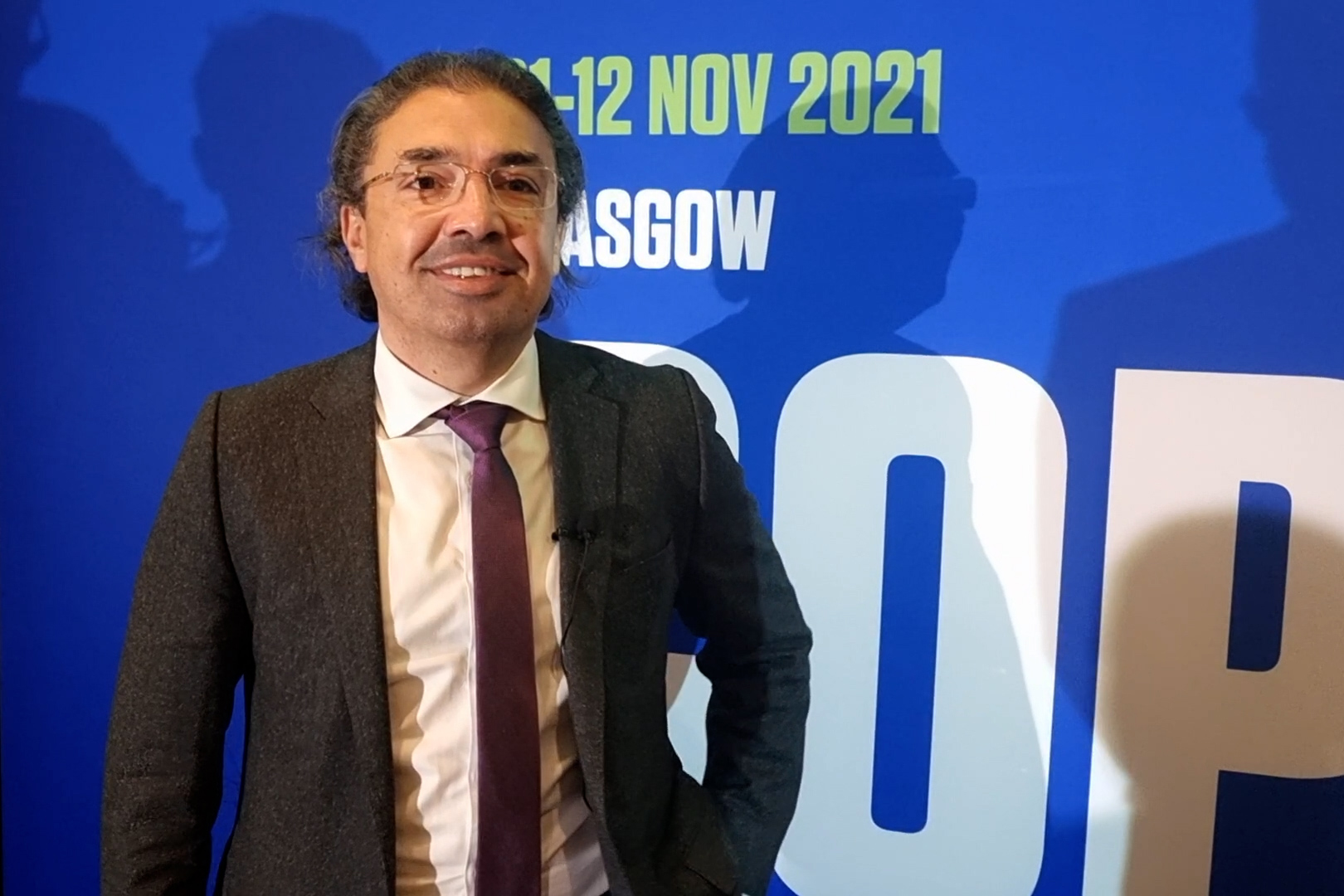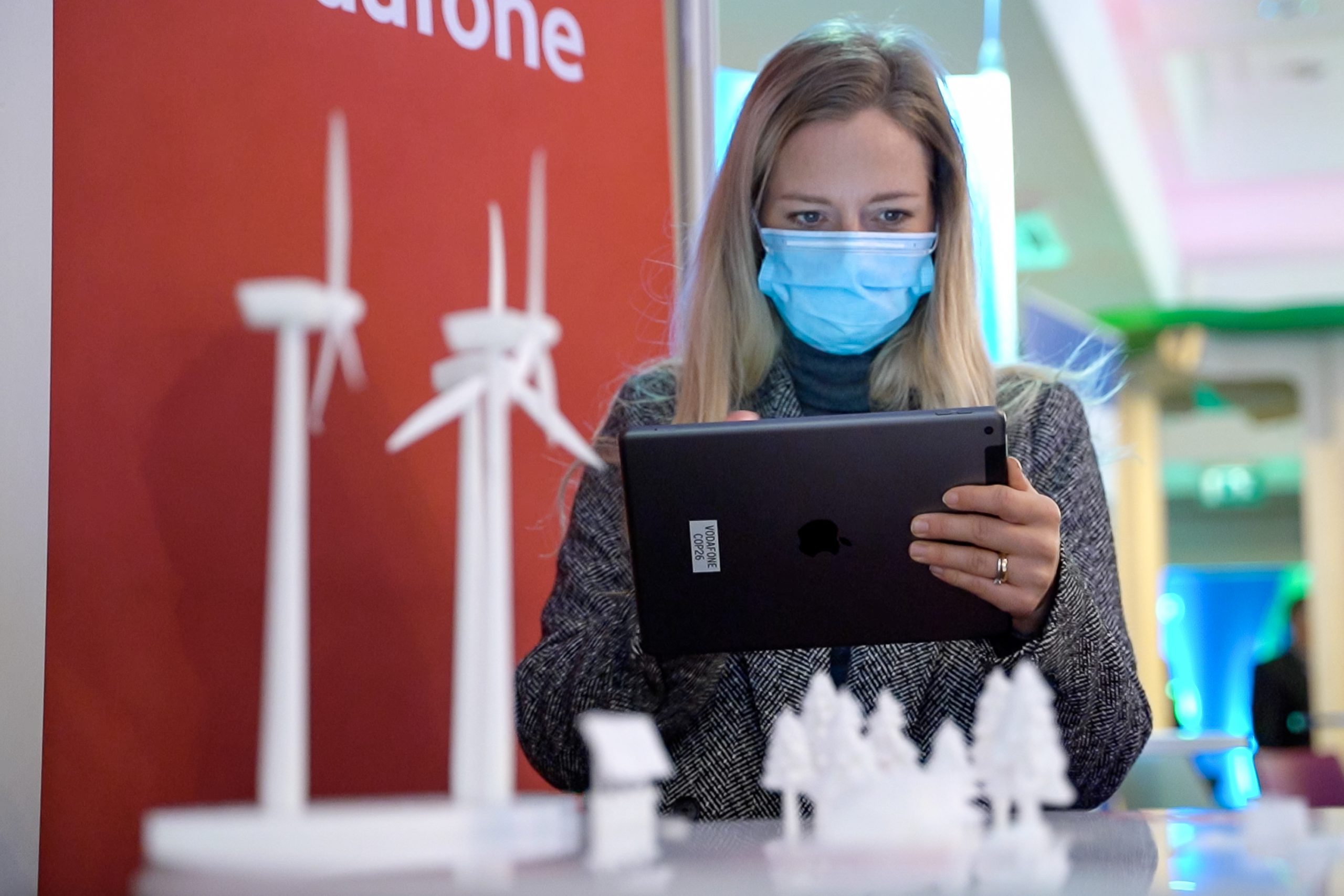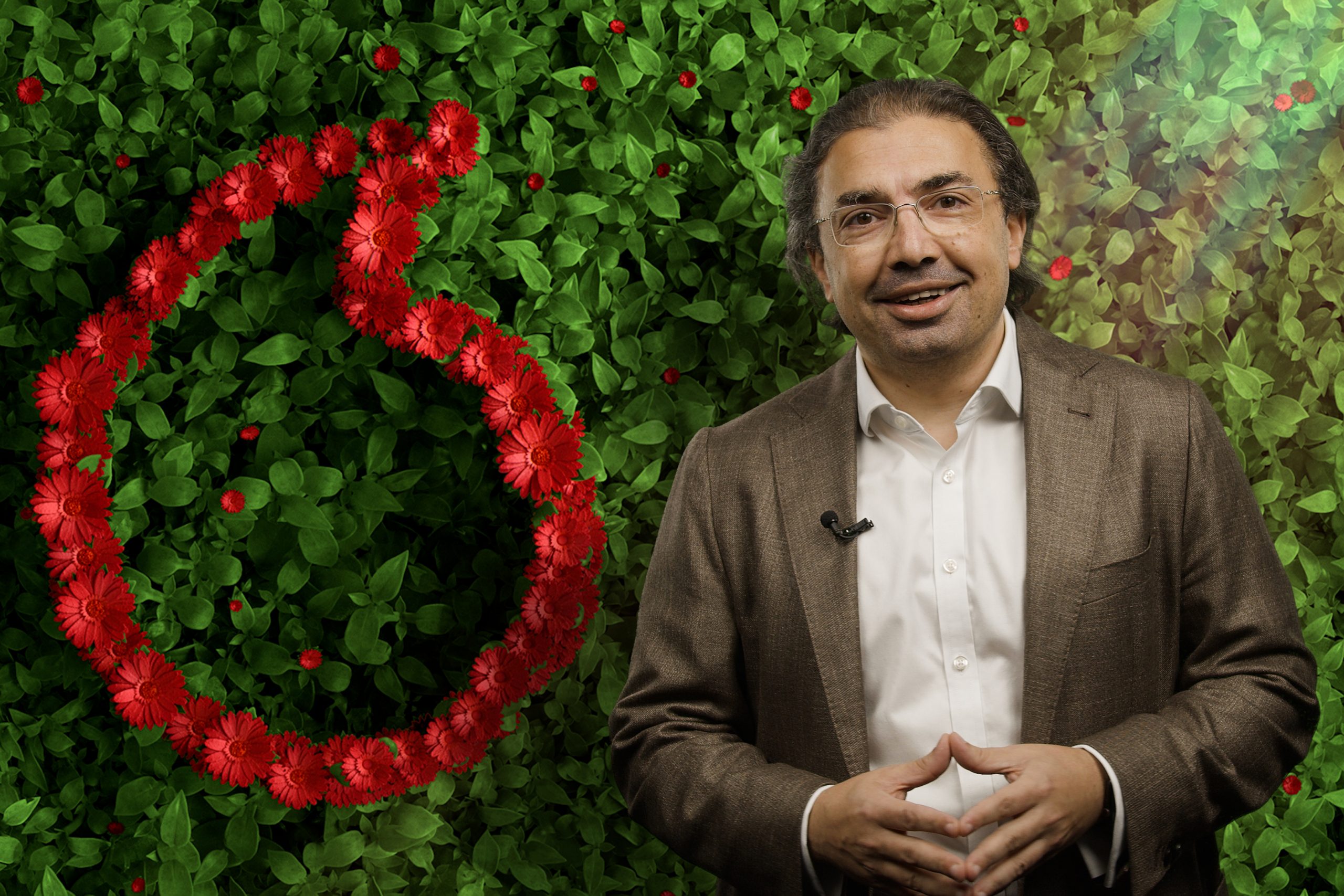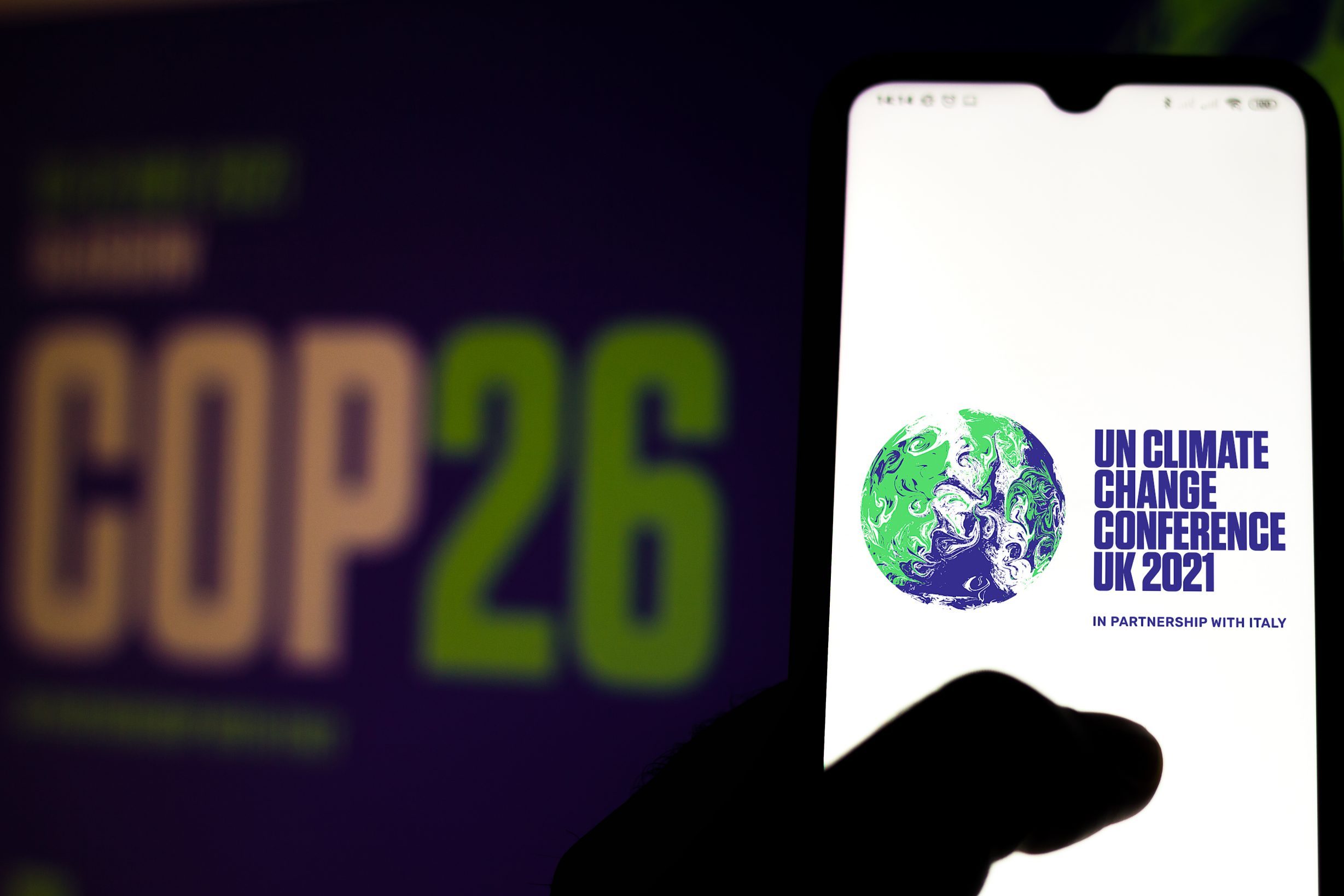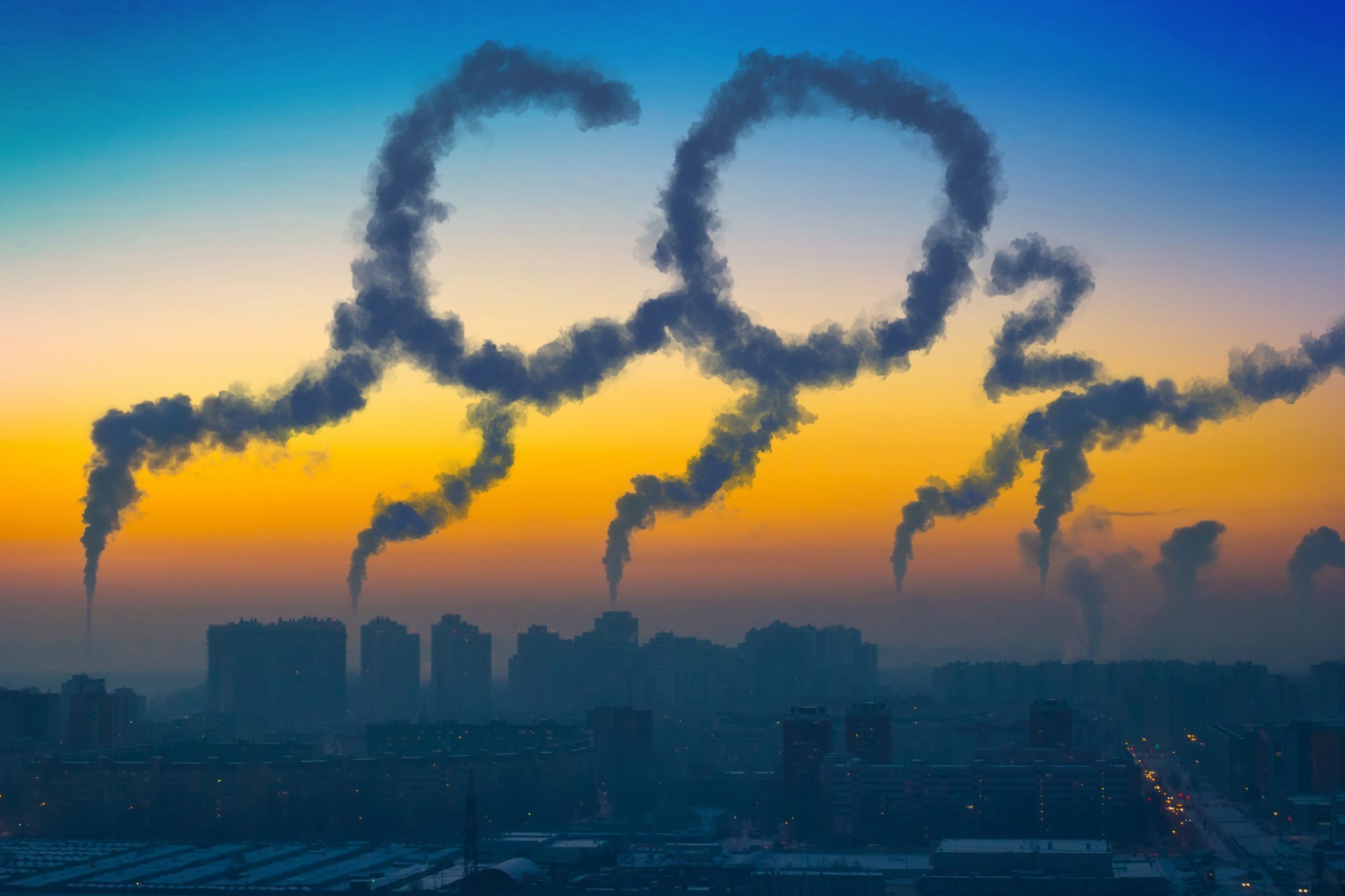
Many companies say they are committed to reducing their carbon footprints on the road to net zero. Understanding Scopes 1-3 of the Greenhouse Gas Protocol will help you decide which claims are more impressive than others.
Cutting carbon emissions is vital to prevent runaway climate change from wreaking havoc on all our lives.
So companies everywhere are making claims about how they’re slashing their carbon emissions, by how much and by when.
Indeed, Vodafone Group has pledged to reach net zero – that’s when the amount of carbon produced equals the amount taken out of the atmosphere – by 2040. Vodafone’s targets are verifiable as they’ve been developed in partnership with The Carbon Trust and endorsed by the Science Based Targets Initiative.
The Greenhouse Gas Protocol, developed by two international non-profit bodies, the World Resources Institute and the Business Council for Sustainable Development, is another set of standards by which companies can be measured. It defines what carbon emissions are as well as the necessary calculation and reporting standards.
Recognised by organisations such as the UK Government, the Protocol divides a company’s carbon emissions into three categories or ‘Scopes’.
Here, we explain what they are and how Vodafone Group has reduced its global emissions to date and how it’s planning to do so in future.
Scope 1
A company’s direct emissions, from boilers, furnaces and vehicles, for example.
Vodafone Group aims to eliminate its Scope 1 emissions by 2030 through efforts such as:
- switching its motor fleet to electric vehicles
- using cooling systems in its data centres and masts that are less power-intensive
- developing and using alternative back-up power sources for masts
- improving the energy efficiency of its offices, through the use of ‘heat pump’ electric heating and LED lighting, for example.
Scope 2
A company’s indirect emissions from using electricity, heating and cooling services purchased from other companies.
Vodafone’s European operations, from its offices to its masts and data centres, have been powered by 100% renewable electricity since July 2021. The company expects to achieve the same in the other countries where it operates by 2025.
Scope 3
A company’s indirect emissions from the products it sells and the products it buys, even those produced by the companies it invests in.
Scope 3 is a much larger and more complex category than Scopes 1 and 2, encompassing 15 different types across its value chain, but the three already mentioned are the most significant for Vodafone.
Because of this complexity, Scope 3 emissions are harder to measure accurately and reduce than Scopes 1 and 2 emissions. As a result, reducing these emissions will take longer.
Vodafone Group aims to halve its Scope 3 emissions by 2030 and reach Net Zero by 2040.
In the UK, Vodafone is also helping its customers use technologies, such as 5G and IoT, to reduce their own emissions.
Stay up-to-date with the latest news from Vodafone by following us on Twitter and signing up for News Centre website notifications.
